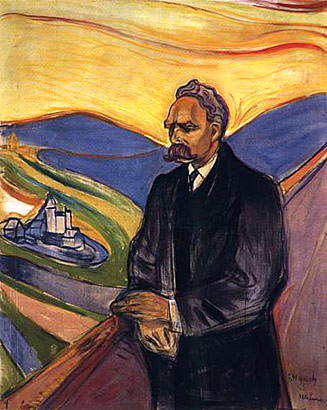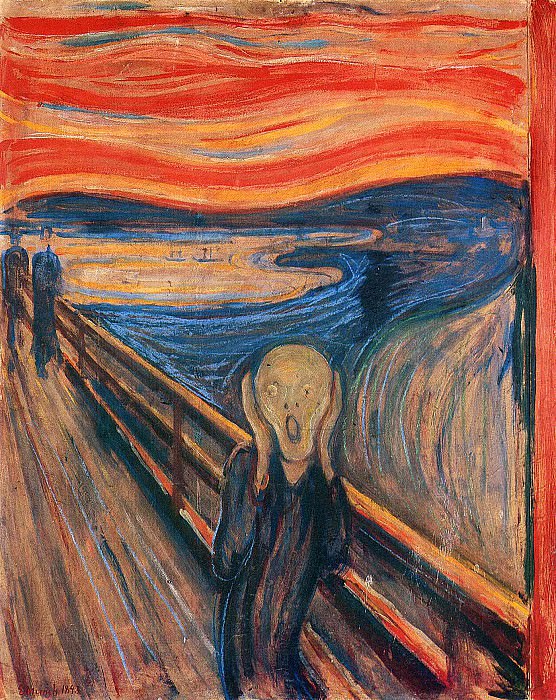The Ever-Evolving World of Constant Art
Art has always been a mirror to society, reflecting the values, beliefs, and emotions of different eras. However, in the modern age, the concept of "constant art" has emerged as a revolutionary approach to creativity. Unlike traditional art forms that are often static and fixed in time, constant art is dynamic, ever-changing, and continuously evolving. This new genre of art challenges the conventional boundaries of creativity, pushing the limits of what art can be.
Defining Constant Art
Constant art is a term used to describe art forms that are not confined to a single moment in time or space. It is characterized by its ability to evolve, transform, and adapt to different contexts and environments. This type of art is often interactive, allowing viewers to become participants in the creative process. Whether through digital mediums, installations, or live performances, constant art is a fluid and dynamic expression of creativity.
Unlike traditional art, which is often created with a specific end in mind, constant art is open-ended. It is designed to change and evolve over time, influenced by external factors such as audience interaction, technological advancements, or even environmental changes. This makes constant art a living, breathing entity that continues to grow and develop long after its initial creation.
The Role of Technology in Constant Art
The rise of constant art is closely tied to advancements in technology. Digital platforms, virtual reality, and artificial intelligence have opened up new possibilities for artists to create works that are not bound by traditional limitations. These technologies allow artists to create immersive experiences that can change in real-time based on user input or external stimuli.
For example, digital installations that respond to the presence of viewers, or AI-generated art that evolves based on algorithms, are prime examples of constant art. These works are not static; they are in a constant state of flux, changing and adapting to new inputs. This creates a unique experience for each viewer, making the art personal and intimate.
Moreover, technology has enabled the creation of art that transcends physical spaces. Virtual reality and augmented reality allow artists to create works that exist in a digital realm, accessible from anywhere in the world. This has democratized art, making it more accessible to a global audience and breaking down the barriers of geography and time.
Interactivity and Audience Participation
One of the defining features of constant art is its emphasis on interactivity. Unlike traditional art, where the viewer is often a passive observer, constant art invites the audience to become an active participant in the creative process. This interaction can take many forms, from physical engagement with the artwork to digital participation through online platforms.
In some cases, the viewer's interaction directly influences the outcome of the artwork. For example, an installation that changes colors based on the viewer's movements, or a digital piece that evolves based on user input, are examples of how audience participation can shape the final result. This blurs the line between artist and audience, creating a collaborative process where the artwork is co-created in real-time.
The concept of interactivity in constant art also extends to the digital realm. Online platforms and social media have become spaces where artists can engage with a global audience, inviting them to participate in the creation and evolution of their work. This has given rise to new forms of collective creativity, where communities of artists and viewers collaborate to create works that are constantly evolving.
The Impact of Constant Art on Traditional Art Forms
The emergence of constant art has had a profound impact on traditional art forms. It has challenged the notion of art as a static object, encouraging artists to think beyond the limitations of traditional mediums. This has led to a blurring of the lines between different art forms, with constant art often incorporating elements of painting, sculpture, performance, and digital media.
Traditional art forms have also been influenced by the principles of constant art. For example, some painters and sculptors have begun to create works that are designed to change over time, either through the use of materials that degrade or transform, or through the incorporation of interactive elements. This has expanded the possibilities of what traditional art can be, making it more dynamic and engaging.
Furthermore, the rise of constant art has sparked a renewed interest in the relationship between art and technology. Artists are increasingly exploring how technology can be used to create new forms of expression, leading to a fusion of art and science. This has opened up new avenues for creativity, allowing artists to push the boundaries of what is possible.
The Future of Constant Art
As technology continues to evolve, the possibilities for constant art are limitless. Emerging technologies such as artificial intelligence, machine learning, and blockchain are likely to play a significant role in shaping the future of this art form. These technologies have the potential to create even more dynamic and interactive experiences, where art is constantly evolving in response to new inputs.
For instance, AI-generated art is already beginning to make waves in the art world, with algorithms creating works that are indistinguishable from those made by humans. As AI technology advances, we can expect to see even more sophisticated forms of constant art, where the boundaries between human and machine creativity become increasingly blurred.
Blockchain technology also holds promise for the future of constant art. By providing a decentralized and transparent platform for the creation and distribution of art, blockchain can enable new forms of ownership and collaboration. This could lead to the emergence of digital art markets where constant art can be bought, sold, and traded, creating new opportunities for artists and collectors alike.
Moreover, the integration of virtual and augmented reality into constant art will continue to expand the possibilities of this art form. As these technologies become more advanced and accessible, we can expect to see increasingly immersive and interactive experiences that push the boundaries of what art can be.
Conclusion
Constant art represents a paradigm shift in the way we think about creativity and artistic expression. By embracing change, interactivity, and technology, constant art challenges the traditional boundaries of art, creating new possibilities for artists and audiences alike. As this art form continues to evolve, it will undoubtedly shape the future of the art world, opening up new avenues for creativity and innovation. The ever-changing nature of constant art ensures that it will remain a dynamic and exciting field, continually pushing the limits of what is possible in the realm of artistic expression.




